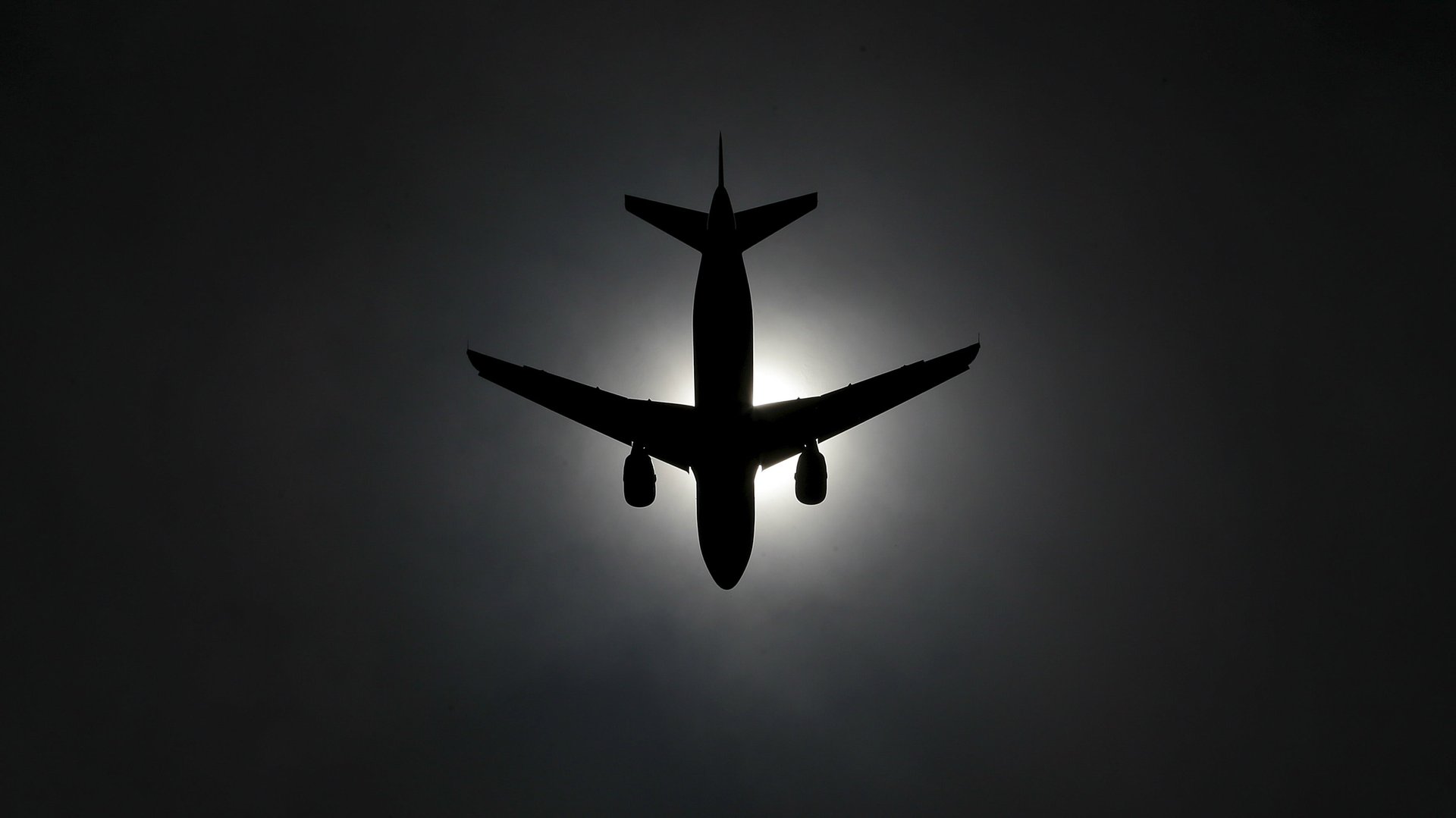Summer hasn’t even started, and it’s so hot in America flights are being grounded
The latest reason your flight is cancelled? Climate change.


The latest reason your flight is cancelled? Climate change.
American Airlines grounded more than 40 flights at Phoenix Sky Harbor International Airport in Arizona today (June 20), after forecasts showed temperatures would reach a record 122° F (about 50° C).
For all of the amazing feats airplanes are designed to perform, like marathon flights through extremely cold air, taking off in extreme heat remains a challenge. Hot air is thinner than cooler air, and in high temperatures it isn’t dense enough to give planes enough lift to take off. There are ways around it, such as increasing engine thrust or taking off from a longer runway, but those options aren’t always available on smaller jets, like the Bombardier CRJs that were scheduled to depart Phoenix. Jumbo jets made by Airbus and Boeing can take off at higher temperatures.
Flights in the Middle East often take off in the cooler evening hours, according to the United Nations aviation agency, the International Civil Aviation Organization (pdf). Airlines may also reduce the number of passengers or cargo loads.
This latest heat wave is a reminder of how a warming planet will make air travel even more of a headache than it already is. Last year, the ICAO warned that climate change will make it more difficult to fly. It isn’t just the heat of the air. Warming seas mean more severe storms, and costly delays and cancellations. And higher amounts of carbon dioxide in the air could even cause more severe turbulence.
But airlines can’t play victim here. Commercial air travel is responsible for about 2% of global carbon emissions and air travel demand is growing at a brisk pace. The taste of higher profits is driving airlines to buy more fuel-efficient jets. But delays and cancellations aren’t much of a selling point.